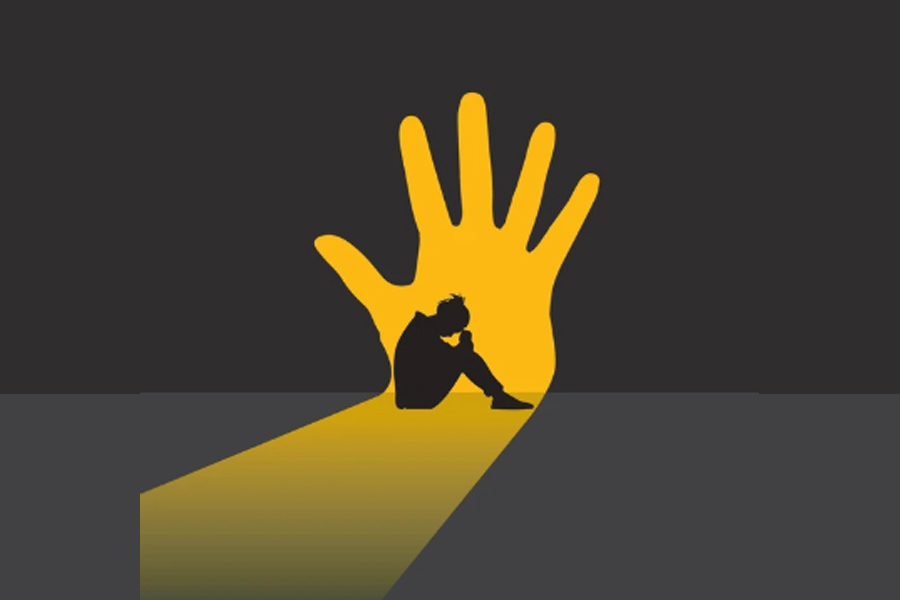It came as a casual announcement but it can well be the most fun aspect of the new series of iPhones. MagSafe. Apple has revived its series of proprietary magnetically-attached power connectors, with all models of iPhone 12 being able to take advantage it. The old MagSafe feature was for charging laptops while the new MagSafe is focussed on the smartphone.
Besides big improvements in the camera department, iPhone 12 has also gone big with 5G. Allowing a deeper dive into a wireless world is a new way of wirelessly charging the phone. At the moment, when we settle our phone on the charger, it’s easy to miss the exact centre of the charger, resulting in slow charging or none at all. Enter MagSafe.
What is MagSafe?
MagSafe is an advanced new system, which promises to improve the wireless charging experience. The phone’s wound wire coil now accommodates magnets and maintains compatibility with existing Qi chargers. The magnets are optimised for alignment and efficiency and there is improved shielding design to safely provide up to 15W for faster charging. The company uses a custom nanocrystalline shield to capture magnetic flux. It has also added two new sensors — a single-turn coil NFC and a sensitive magnetometer, which senses magnetic field strength and can instantly react to it. It enables iPhone 12 to recognise and provide a better experience. So basically the magnets help align the iPhone on a wireless charger.
How will it help?
Any MagSafe accessory can easily attach to the back of the iPhone 12, enabling a whole new ecosystem from MagSafe. There are two types of MagSafe accessories — MagSafe chargers and then MagSafe-enabled cases and wallets.
You can use MagSafe accessories on top of the case, like the MagSafe charger while the MagSafe wallet snaps to the back of the iPhone and also works on top of MagSafe cases. The leather sleeve uses MagSafe sensors to identify when iPhone is inside to reveal the clock.
The company has also developed a MagSafe dual charger for the iPhone and Apple Watch. You can charge both devices with one charger, which folds up easily for when you travel. Besides its own accessories, Belkin is also working on a couple of new accessories. Belkin’s MagSafe three-in-one charger lets you charge an Apple Watch, AirPods and an iPhone all at once.
Will it come with iPhone 12?
No. The company is including only a USB-C-to-Lightning cable in the box. No power brick or earbuds this time. Apple’s MagSafe charging cables will be sold separately.
Will MagSafe harm credit/debit cards?
Apple says there is enough shielding to prevent any damage to the likes of credit cards and debit cards.
Will Android adapt?
Though there is no announcement about a MagSafe equivalent for Android, the idea of doing away with charging adapter has been around for some time. In 2016, the Moto Z series had a phone (Motorola Z3) that connected magnetically to Moto Mods but the very idea of modules sadly didn’t catch on.
“Apple has now created two divergent paths for wireless charging: one focused on free device placement on a surface that supports the globally-adopted Qi standard and another that is proprietary to a specific product and company,” reads a statement on Aira’s website. Aira’s mission is to “evolve” the wireless charging experience. According to Wired, though an accessory-maker can offer a wireless charger for both Android and iPhone owners, but now they will need to create separate MagSafe variants for iPhone 12 owners.
The new DJI Osmo Mobile 4 retains the foldable design as its predecessor but it comes with two magnetic mounts so you can quickly attach and detach your phone without needing to clamp it down and rebalance it between shoots. But you still need to attach the claw mount to the phone to which the magnet clings on to.
Are there options?
Yes, of course. There are options like Apple Silicone Case with MagSafe (comes in a range of colours but the coolest one is Kumquat, which goes well with the Pacific Blue iPhone 12 Pro), Apple Clear Case with MagSafe (there is a visual element on an otherwise staid option) and iPhone Leather Wallet with MagSafe (there are many people who like to go around only with their debit and credit cards; this one has a holder for the same), among others.
How does it help in the long run?
Thinner devices. When Apple removed the headphone jack, the phone became thinner. This is another step forward. With Apple doing away with a charging brick in the box — on environmental grounds — and that USB-C tipped cable won’t work on the iPhone (it still has a lightning port), a lot of people may just end up buying a MagSafe charger and a new case.
What are the chances that iPhones don’t ever get USB-C and switches from a lightening port to completely wireless charging? Removing the port would mean better waterproofing because there will be fewer holes to plug. Charging at 15W is good. Forget the likes of warp-speed charging because almost all of us charge phones overnight and batteries are efficient enough to last a day.
It also makes financial sense. Apple will have even more control over its charging ecosystem, plus, users would have to buy a new accessory. Of course, wireless charging also makes life easier. No cumbersome wires, worrying about damaging the phone’s port or breaking the cable.
Apple removed the headphone jack and consumers lapped up AirPods. If the charging port vanishes, will the same happen? Apple is good at convincing users and chances are that it would be a success, paving the way for something similar even on Android.
How did MagSafe work on MacBooks?
MagSafe was a cool way to magnetically attach Apple’s proprietary power cable to the laptop. It could come off with a simple tug and was a safe option it meant that people wouldn’t trip over a power cord. On the iPhone, it’s more about giving users an easier way to power up.










